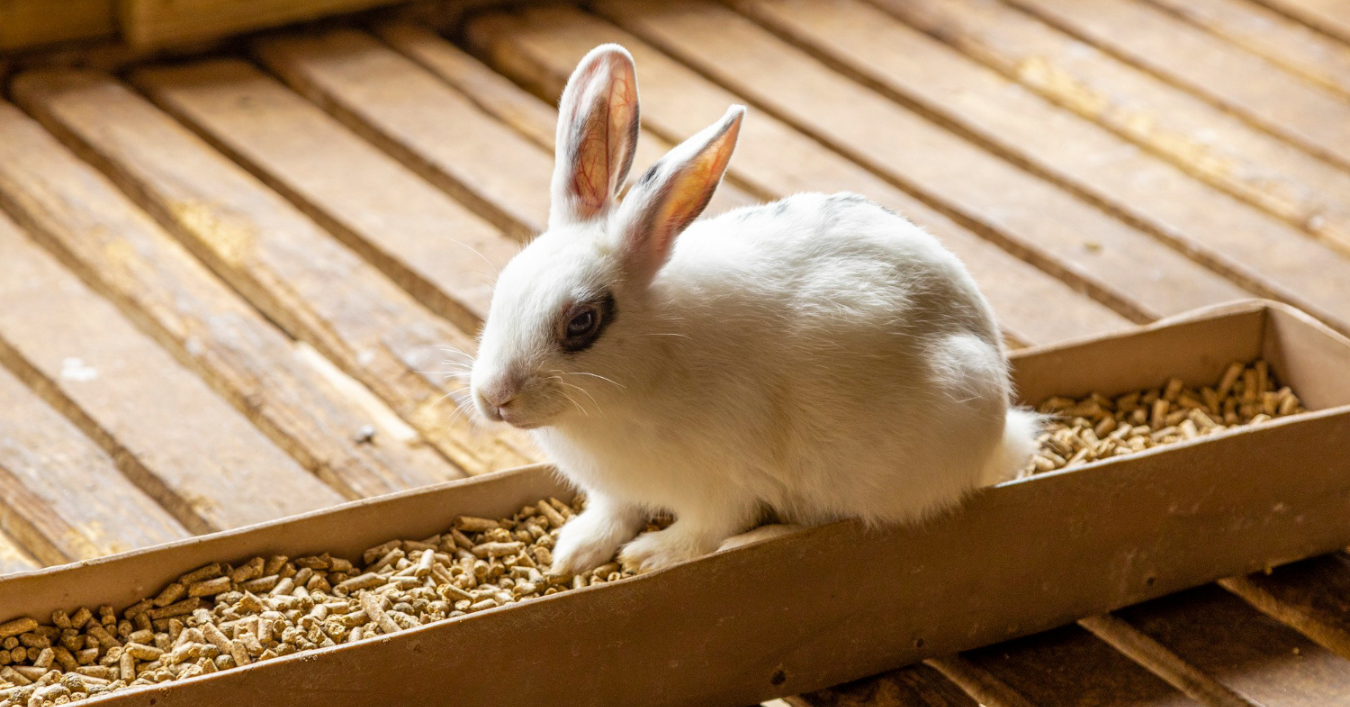
Hoppin’ into Success: A Guide to Launching Your Rabbit Farming Venture
Are you considering a venture into rabbit farming in the Philippines? You’re in the right place! Rabbit farming, also known as cuniculture, has been gaining traction for its numerous benefits. In this article, we’ll explore the health advantages of rabbit meat, delve into why it’s becoming increasingly popular in the Philippines, offer guidance on starting your own rabbit farm, and provide essential tips for your success.
The Health Benefits of Rabbit Meat
Rabbit meat is gaining recognition as a nutritious and lean protein source. It’s not only delicious but also offers several health benefits. Here are some of the key advantages:
1. Low in Fat and Cholesterol
Rabbit meat is incredibly lean, making it an excellent choice for health-conscious consumers. It contains less fat and cholesterol compared to traditional meats like beef and pork, making it heart-healthy and suitable for those looking to maintain a balanced diet.
2. Rich in Protein
Protein is essential for growth and muscle repair. Rabbit meat is a high-quality protein source, providing all the essential amino acids your body needs. It’s a fantastic choice for athletes, fitness enthusiasts and just about anyone.
3. Rich in Vitamins and Minerals
Rabbit meat is packed with essential vitamins and minerals, including B vitamins, iron, and phosphorus. These nutrients play a vital role in maintaining an individual’s overall health and well-being.
The Rising Popularity of Rabbit Meat in the Philippines
You might wonder why rabbit meat is gaining so much popularity in the Philippines. Several factors contribute to this trend:
1. Cultural Shift
As people become more health-conscious, there’s a growing interest in lean protein sources like rabbit meat. Filipinos are increasingly exploring alternative protein options, and rabbit meat fits the bill perfectly.
2. Economic Viability
Rabbit farming offers a sustainable source of income for Filipino farmers. The relatively low initial investment and rapid reproduction rates of rabbits make it an attractive choice for small-scale and large-scale farmers alike.
3. Rabbit Farming Seminars
The availability of educational resources, such as rabbit farming seminars, has played a significant role in promoting the industry. These seminars provide valuable insights into rabbit husbandry, breeding, and management, helping new farmers get started on the right foot.
How to Start Your Rabbit Farm
Starting a rabbit farm requires careful planning and dedication. Here are the essential steps to get your venture off the ground:
1. Research and Education
Before you start, invest time in learning about rabbit farming. Attend seminars, read books, and seek advice from experienced rabbit farmers. Understanding the basics of rabbit husbandry is crucial for success.
2. Select Your Breeds
Choose rabbit breeds that are well-suited to your climate and market demand. Popular choices include New Zealand White, Californian, and Flemish Giant. Consider factors like growth rate, litter size, and meat quality when making your selection.
3. Housing and Facilities
Build appropriate housing and facilities for your rabbits. Ensure they have sufficient space, ventilation, and protection from extreme weather conditions. Proper sanitation and hygiene are critical to prevent diseases.
4. Feeding and Nutrition
Develop a balanced feeding program tailored to the needs of your rabbits. High-quality rabbit pellets, fresh hay, and clean water are essential components of their diet. Consult with a nutritionist if needed.
5. Breeding and Health Management
Understand the breeding cycle of rabbits and implement a breeding program. Regular health checks and vaccinations are essential to keep your rabbits disease-free and productive.
Tips for Success in Rabbit Farming
Now that you’re on your way to becoming a rabbit farmer, here are some key tips to ensure your success:
1. Create a Business Plan
Develop a comprehensive business plan that outlines your goals, budget, and marketing strategy. A well-thought-out plan will guide your decisions and help you stay on track.
2. Market Your Rabbit Meat
Explore various marketing channels to sell your rabbit meat, such as local markets, restaurants, and online platforms. Highlight the health benefits and quality of your product to attract customers to try rabbit meat.
3. Join Rabbit Farming Associations
Consider joining rabbit farming associations or networks in the Philippines. These organizations can provide valuable support, networking opportunities, and access to resources.
4. Stay Committed
Rabbit farming requires dedication and hard work. Be prepared to invest your time and effort into the business, especially during the initial stages.
In conclusion, rabbit farming in the Philippines offers a promising opportunity for those looking to enter the agricultural industry. With its health benefits, increasing popularity, and the right approach, your rabbit farming venture can hop into success. To enhance your rabbit breeding journey, consider incorporating Kunemax to their diet, a trusted product that can boost the health of your rabbits. By following these tips and staying committed to your goals, you’ll be well on your way to a thriving rabbit farming business.
References:
Rabbit and Hare | Health and Social Services (gov.nt.ca)
PIA – Rabbit meat on the rise in Rizal
The Philippines eyes rabbit meat as a replacement for pork – Euromeatnews.com
Rabbit Farming: 14 Crucial Steps on How to Start a Rabbit Farming Business – Finelib.com
Rabbit Farming: Best Beginner’s Guide With 28 Tips (roysfarm.com)



